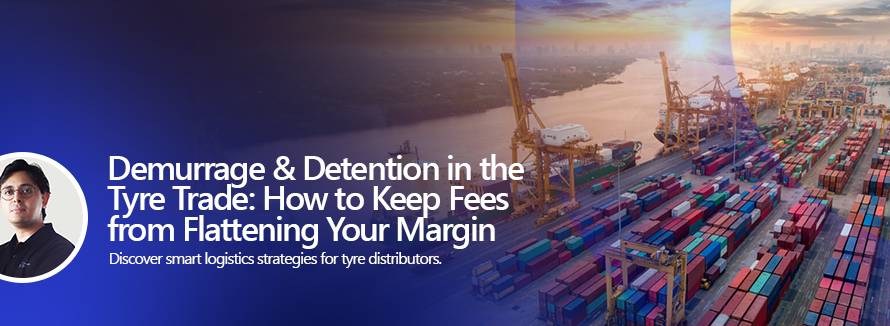Most tyres claim to be tough — but only a select few are engineered to endure the harsh reality of the road. From reinforced steel belts to unmatched sidewall strength, here’s what separates real performance from empty promises.
Behind the Tread: What Makes a Tyre Truly ‘Heavy-Duty’?
In the world of truck and commercial vehicle tyres, “heavy-duty” is more than just a marketing buzzword. It signals engineering that directly impacts performance, safety, and operating costs. Let’s break down what truly defines a heavy-duty tyre.
It Starts with Construction: More Than Just Rubber
At the core of every genuine heavy-duty tyre lies robust construction.
- Standard Tyres: Typically built with a 4+1 structure — 4 steel belts on the tread and 1 reinforcing the sidewall.
- Heavy-Duty Tyres: Reinforced with 5+1 or 6+1 construction, giving both tread and sidewall added durability.
That additional reinforcement is what keeps fleets moving — especially when trucks are carrying 30+ tons across extreme heat, rugged terrain, or long-distance highways. One extra belt can be the difference between reliable uptime and costly downtime.
Load Index & Ply Ratings: The Hidden Strength
Look closely at the tyre sidewall — numbers like 154/150 or letters like J/K tell you the tyre’s load and speed ratings. Heavy-duty tyres come with higher load index values, ensuring they can bear greater weight without deformation, overheating, or premature failure.
For fleet operators, this translates into:
- Better fuel efficiency
- Longer tyre lifespan
- Greater driver safety
Designed for Real-World Toughness
Heavy-duty tyres are purpose-built for the challenges of transport:
- Dumpers with off-road construction use
- Long-haul trucks running in extreme heat and on slopes
- Regional fleets managing mixed terrains and heavy braking
With deeper tread patterns, heat-resistant compounds, and reinforced sidewalls, these tyres deliver consistent grip, mileage, and performance under pressure.
Real Example: 5+1 vs 4+1 Construction
Consider a 40-vehicle fleet choosing between cheaper 4+1 tyres and premium 5+1 tyres:
- 4+1 Tyres (Cheaper Choice):
- Irregular wear within 6 months
- Frequent blowouts
- Rising downtime
- Driver dissatisfaction
- 5+1 Tyres (Premium Heavy-Duty):
- Longer lifespan
- Fewer failures
- Confident handling
- Lower total cost of ownership
The takeaway? A tyre that costs more upfront can save fleets thousands in maintenance, downtime and replacements.
Conclusion: It’s What’s Inside That Counts
For fleets and transport businesses, tyre selection should never be based on price or looks alone. Heavy-duty isn’t about being heavier — it’s about smarter engineering.
Always check for:
- Steel belt count (5+1 or higher)
- Load index & ply ratings
- Sidewall strength
- Tread depth
When your business depends on tyres, only true heavy-duty engineering ensures performance, safety, and profitability.
Looking for tyres that deliver more than promises?
👉 Partner with Trojan Global Tyre Co. — your trusted B2B sourcing partner for truly heavy-duty truck and commercial tyres.
Connect with us today.





